In the diverse landscape of Indian agriculture, the Government provides various subsidies to support farmers. The range of farming subsidy schemes is vast, from financial assistance to technology adoption. This blog explores the different types of agriculture subsidies in India, shedding light on the initiatives undertaken by the Government to empower and uplift the agricultural sector.
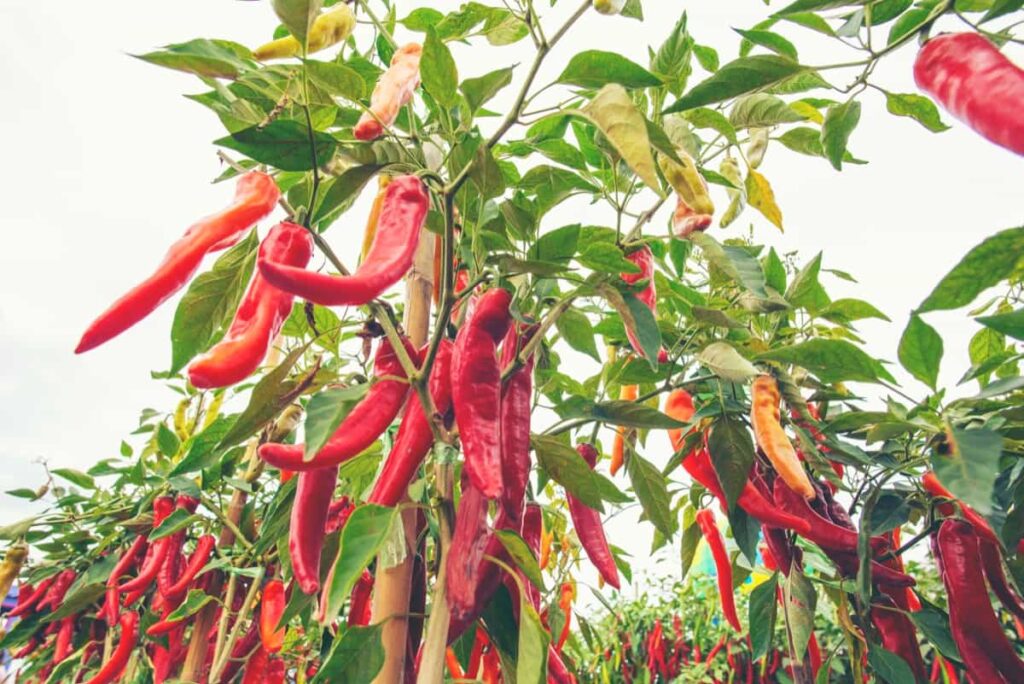
Different Types of Agriculture Subsidy In India
Introduction to Agriculture Subsidies in India
Agriculture subsidies are pivotal in supporting farmers and ensuring food security in India. These subsidies are government-backed initiatives designed to alleviate financial burdens on farmers and promote sustainable agricultural practices. They encompass a range of benefits, including financial aid, reduced interest rates on loans, and assistance for acquiring modern farming equipment.
The objective is to enhance productivity, boost rural economies, and safeguard the livelihoods of millions dependent on agriculture. Notable schemes include the Pradhan Mantri Fasal Bima Yojana (Crop Insurance Scheme) and the Kisan Credit Card, providing farmers with crucial financial tools.
Government Schemes for Agricultural Subsidies
Various government schemes offering subsidies to uplift farmers fortify India’s agricultural sector. The Pradhan Mantri Kisan Samman Nidhi (PM-KISAN) provides direct income support, benefitting small and marginal farmers. The Soil Health Card Scheme aids in optimizing land fertility by offering personalized soil nutrient recommendations.
The Pradhan Mantri Fasal Bima Yojana (PMFBY) safeguards farmers against crop losses. The National Mission on Sustainable Agriculture (NMSA) promotes eco-friendly and sustainable farming practices. The Pradhan Mantri Krishi Sinchayee Yojana (PMKSY) is pivotal in irrigation support. Lastly, the Rashtriya Krishi Vikas Yojana (RKVY) fosters comprehensive agricultural development.
Types of Crop Insurance Subsidies
In India, there are primarily two types of crop insurance schemes supported by subsidies. The first is the Pradhan Mantri Fasal Bima Yojana (PMFBY), a comprehensive insurance plan covering yield losses, natural calamities, pests, and diseases. The second is the Weather-Based Crop Insurance Scheme (WBCIS), which focuses on weather parameters affecting crop production. These subsidies substantially reduce the financial burden on farmers, promoting risk resilience. Government-backed initiatives aim to ensure farmers receive compensation for losses, fostering agricultural sustainability.
In case you missed it: Karnataka Sheep Farming: A Comprehensive Guide to Loans and Subsidy
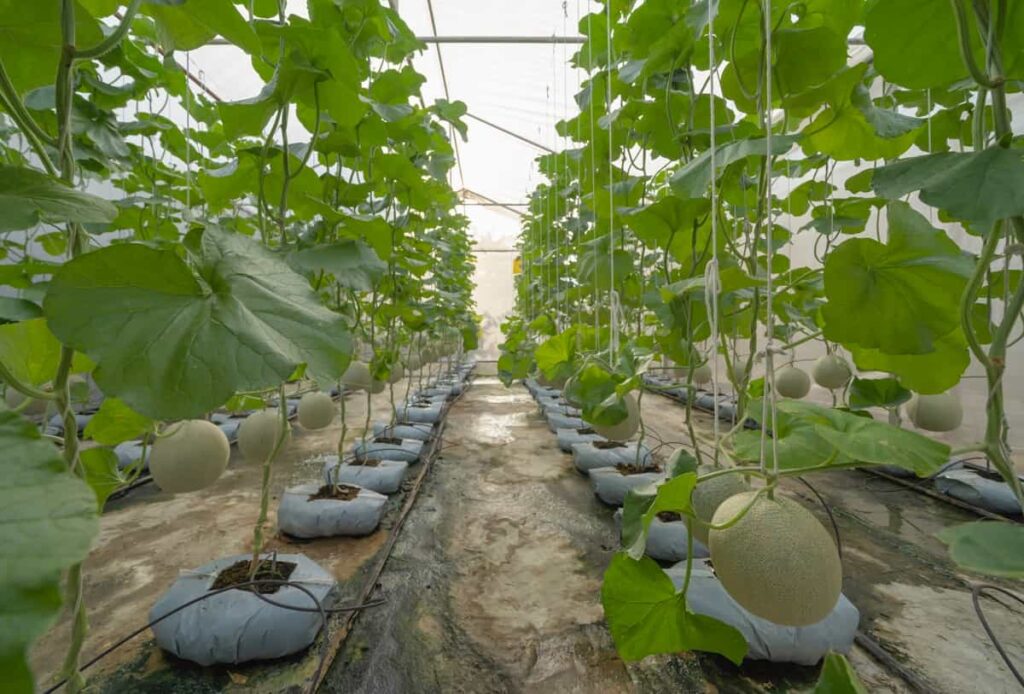
Irrigation Subsidies for Indian Farmers
The Pradhan Mantri Krishi Sinchayee Yojana (PMKSY) is a flagship initiative providing financial assistance for irrigation infrastructure development. Another notable scheme is the Accelerated Irrigation Benefit Program (AIBP), which focuses on creating new irrigation potential. These schemes often have special features like improving water use efficiency, promoting sustainable practices, and incorporating modern technology.
The National Mission for Sustainable Agriculture (NMSA) also encourages precision farming and efficient water management. These initiatives collectively aim to enhance crop yield, reduce dependency on rainfall, and ensure water sustainability in agriculture. Providing irrigation subsidies is a strategic step towards fortifying India’s agricultural backbone, fostering resilience and prosperity among its farming community.
Fertilizer Subsidy Programs in India
The government has implemented various schemes with distinct features to support farmers in accessing essential nutrients for their crops. The Nutrient-Based Subsidy (NBS) system is one such initiative, focusing on providing subsidies based on nutrient content rather than the type of fertilizer. Another notable program is the Direct Benefit Transfer (DBT) in Fertilizers, ensuring targeted and efficient subsidy delivery directly to farmers’ bank accounts.
These schemes aim to address issues of overuse and imbalance in fertilizer application while ensuring economic viability for farmers. The Soil Health Card Scheme also complements these efforts by providing personalized recommendations for optimizing fertilizer usage.
Power Subsidy for Indian Farmers by the Government
These subsidies are integral to alleviating the financial burden on farmers and fostering agricultural growth. One notable scheme is the “Kisan Urja Suraksha evam Utthaan Mahabhiyan (KUSUM),” emphasizing sustainable energy practices. KUSUM incorporates solar pump installations, reducing farmers’ dependence on traditional power sources.
Another initiative, the “Pradhan Mantri Kisan Urja Suraksha evam Utthaan Mahabhiyan (PM-KUSUM)” scheme, promotes solar-powered water pumps, thus ensuring energy efficiency. These schemes provide financial relief and underscore the government’s commitment to environmental sustainability.
Mechanization and Equipment Subsidies for Agriculture
The Government, recognizing the significance of modern farming practices, has implemented various schemes to support farmers adopting advanced machinery. One such scheme is the ‘Sub-Mission on Agricultural Mechanization’ (SMAM), which provides financial assistance for procuring farm equipment like tractors, harvesters, and plows.
In case you missed it: Building a Farm Pond in India: A Comprehensive Guide to Uses, Advantages, and Subsidies
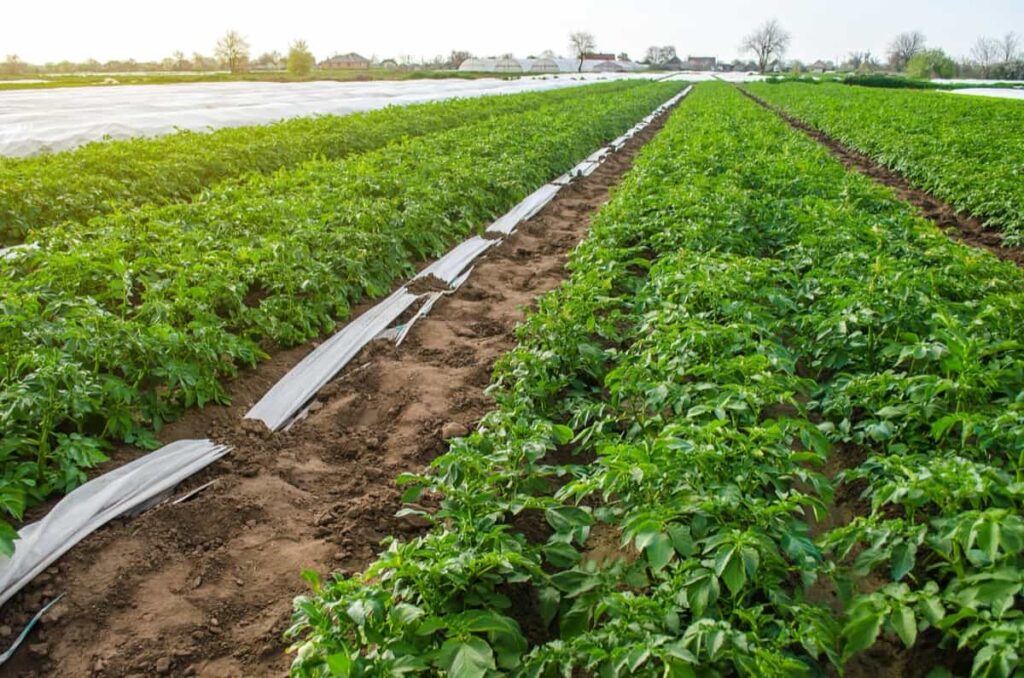
Another notable initiative is the ‘SMAM: Promotion of Farm Mechanization for In-Situ Management of Crop Residue,’ addressing environmental concerns by subsidizing machinery to manage crop residue effectively. These schemes aim to enhance efficiency, reduce manual labor, and promote sustainable agricultural practices. Special features include subsidies ranging from 20% to 50% of the machinery cost, varying across states.
Seed Subsidy Initiatives in India by the Government
The Government has implemented several seed subsidy initiatives in India to fortify the agricultural sector. These schemes provide financial support to farmers to acquire quality seeds and promote improved crop yield. One notable initiative is the National Food Security Mission (NFSM), which encompasses a seed subsidy component. NFSM strives to enhance the production of rice, wheat, and pulses by subsidizing certified seeds.
Additionally, the Rashtriya Krishi Vikas Yojana (RKVY) incorporates seed subsidies to encourage the adoption of high-yielding varieties. These initiatives’ Special features include promoting hybrid and genetically modified seeds ensuring disease-resistant varieties for robust crop protection. The schemes prioritize equitable distribution, reaching small and marginal farmers.
Credit and Loan Subsidies for Indian Farmers
Interest Subvention Scheme Short-Term Crop Loans The Government of India, through this scheme, provides interest subvention to farmers who avail of short-term crop loans. Under this subsidy, farmers enjoy an interest rate lower than the market rate, promoting affordable credit access. The scheme encourages timely repayment, offering a 3% interest subvention on prompt payments. This alleviates the financial burden on farmers and fosters financial discipline.
Kisan Credit Card Scheme: The Kisan Credit Card (KCC) scheme is a pioneering initiative that provides farmers with a convenient line of credit for their agricultural and allied needs. Farmers can withdraw funds per their requirements, reducing the dependence on informal credit sources. The scheme incorporates interest subvention for prompt repayments, further incentivizing timely settlements. With a simplified application process and flexible repayment options, the Kisan Credit Card scheme aims to streamline financial assistance for farmers, enhancing their financial resilience and productivity.
In case you missed it: The Carolina Reaper Pepper: Planting Seeds, Growing, and Care for Scorching Heat of the World’s Hottest Chili
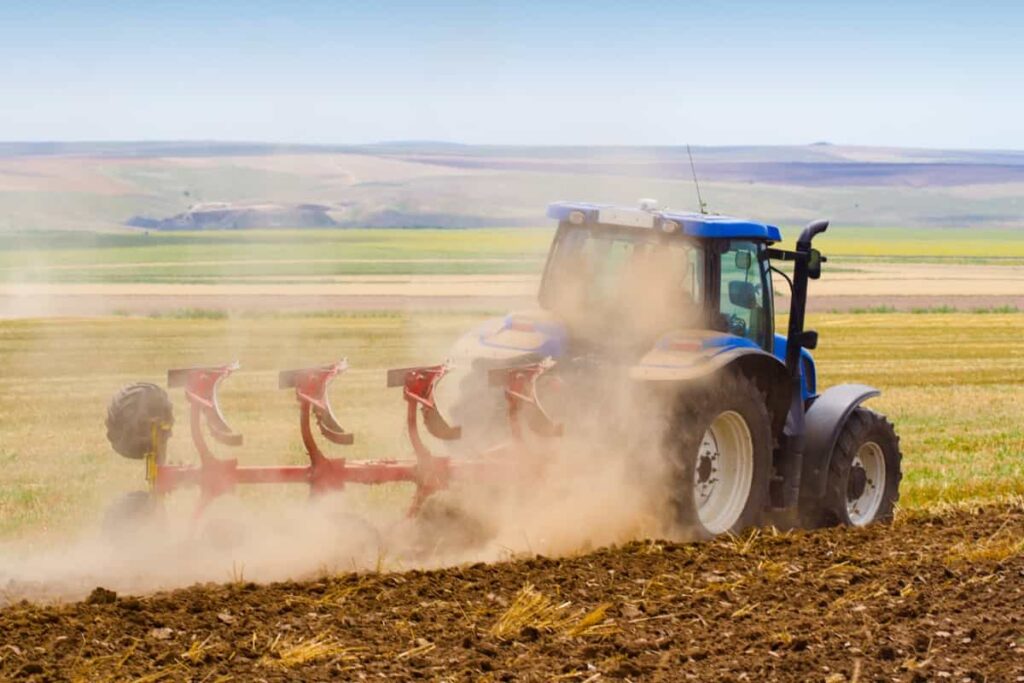
Organic Farming Subsidy Programs by the Government of India
National Mission for Sustainable Agriculture (NMSA): NMSA, a pivotal initiative, encompasses organic farming as a key component. This scheme encourages adopting eco-friendly practices to make agriculture more resilient to climate change. Farmers engaging in organic cultivation can avail themselves of financial assistance for organic inputs, such as bio-fertilizers and organic manures. The NMSA strives to enhance soil health, water use efficiency, and overall sustainability in agriculture.
Paramparagat Krishi Vikas Yojana (PKVY): PKVY focuses exclusively on organic farming by promoting traditional methods. Under this scheme, groups of farmers are encouraged to take up organic cultivation and are provided financial support to convert their farms into certified organic units. PKVY emphasizes using indigenous seeds and organic inputs, steering away from chemical fertilizers. One notable feature is the provision of a market linkage, facilitating the sale of organic produce at competitive prices. This supports farmers financially and contributes to the growing demand for organic products.
Livestock and Dairy Farming Subsidies
National Livestock Mission (NLM): The National Livestock Mission, a flagship initiative by the Government of India, is geared towards fostering sustainable livestock farming. This scheme encompasses a spectrum of interventions, including breed improvement, health care, and feed supplementation.
Financial assistance is provided to farmers for procuring quality livestock, and special emphasis is placed on enhancing the productivity of indigenous breeds. The NLM acts as a catalyst for promoting skill development among farmers, ensuring the holistic development of the livestock sector.
Dairy Entrepreneurship Development Scheme (DEDS): Specifically tailored for the dairy sector, the Dairy Entrepreneurship Development Scheme encourages entrepreneurship and employment generation. This scheme extends financial support to individuals to establish small to medium-scale dairy ventures.
Subsidies are provided for the purchase of milch animals, construction of dairy sheds, and procurement of necessary equipment. Moreover, training and capacity-building programs are integral components, fostering technical know-how among beneficiaries. DEDS plays a pivotal role in augmenting milk production, improving rural livelihoods, and fortifying the economic fabric of the dairy farming community.
Research and Development Grants for Agriculture
National Agricultural Innovation Fund (NAIF): The National Agricultural Innovation Fund (NAIF) is a pivotal Research and Development (R&D) grant scheme that fosters innovation in Indian agriculture. Launched by the Government, NAIF primarily supports cutting-edge research projects to revolutionize farming practices.
In case you missed it: How to Start an Organic Vegetable Farming in Telangana: Business Plan, Crops, and Subsidy
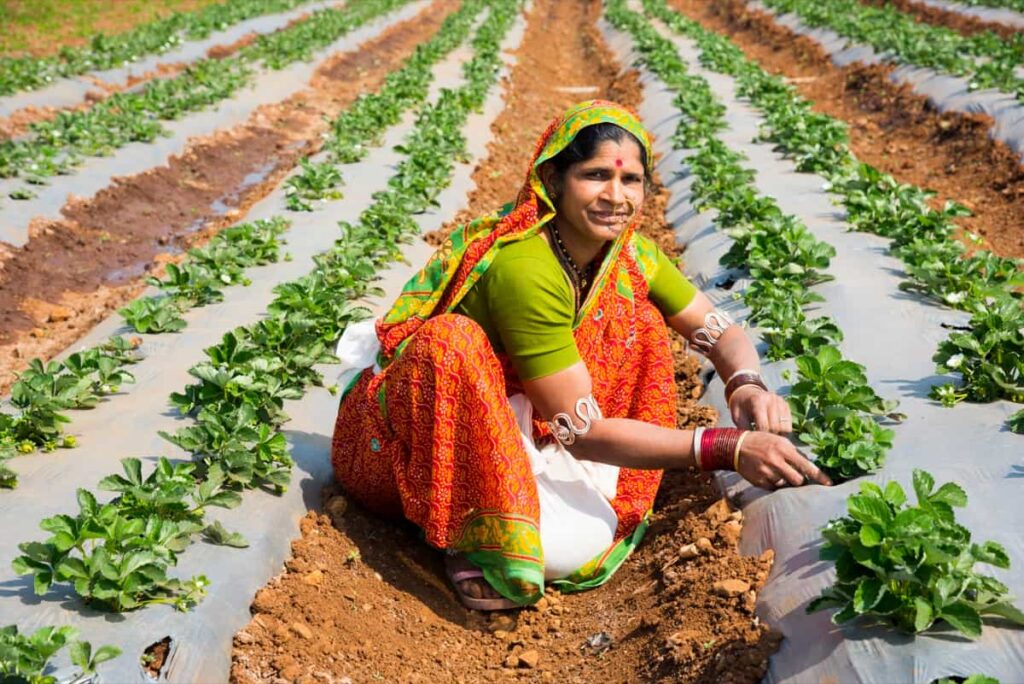
One noteworthy feature of NAIF is its emphasis on collaborative efforts between research institutions, agricultural universities, and the industry. This collaborative approach ensures that the research outcomes are not confined to the laboratory but seamlessly transition into practical, on-field applications.
Rashtriya Krishi Vikas Yojana (RKVY) – Innovation and Agri-entrepreneurship Development: The Rashtriya Krishi Vikas Yojana (RKVY) has a distinct component dedicated to fostering innovation and agri-entrepreneurship. This scheme extends financial support to projects bringing technological advancements, enhancing productivity, and promoting agri-entrepreneurship.
A noteworthy feature of RKVY is its inclusivity, encouraging participation from various stakeholders such as farmers, researchers, and entrepreneurs. By providing financial assistance and a platform for innovative projects, RKVY aims to transform traditional farming into a dynamic, technology-driven sector, ensuring sustainable agricultural practices.
Export Promotion Schemes for Agricultural Products
India has implemented robust Export Promotion Schemes to bolster the export of agricultural products. One such initiative is the Merchandise Exports from India Scheme (MEIS), designed to incentivize exports by providing duty credit scrips to eligible exporters. Another notable scheme is the Agricultural and Processed Food Products Export Development Authority (APEDA), which focuses on the export promotion of specific agricultural and processed food products.
With its simplicity, the MEIS offers exporters tradable credits equivalent to a percentage of their export turnover. This encourages the diversification of export markets and products. On the other hand, APEDA plays a pivotal role in boosting the export of scheduled products through financial assistance, infrastructure development, and market intelligence.
The Export Promotion Capital Goods (EPCG) scheme also facilitates agricultural exports by allowing duty-free imports of capital goods. This enhances the competitiveness of Indian agricultural products in the global market. These schemes collectively contribute to the growth of the agricultural export sector, ensuring that India’s agricultural prowess reaches international shores with ease and efficiency.
Subsidies for Women in Agriculture
India specifically targets women, recognizing their pivotal role in farming. One notable initiative is the Mahila Kisan Sashaktikaran Pariyojana (MKSP), which focuses on empowering women in agriculture. Under MKSP, financial assistance, training, and resources are provided to enhance women’s participation in farming activities.
The Pradhan Mantri Matritva Vandana Yojana offers financial support to pregnant and lactating women in agriculture, ensuring their well-being. The Swayam Siddha scheme encourages women to join allied activities, providing subsidies for poultry farming or dairy production enterprises. These schemes provide economic benefits and contribute to women’s social and economic empowerment.
Tribal and Minority Community Farming Subsidies
One noteworthy initiative is the “Vanbandhu Kalyan Yojana,” emphasizing the welfare of tribal farmers. This scheme provides financial aid for agricultural inputs, mechanization, and skill development, fostering sustainable practices. The “Padho Pardes, Badho Parvesh” scheme also supports minority community farmers by promoting education and skill enhancement, ensuring holistic growth.
In case you missed it: How to Start Seaweed Farming in India: Current Trend, Cost, Profits, Subsidy, Plant, and Companies
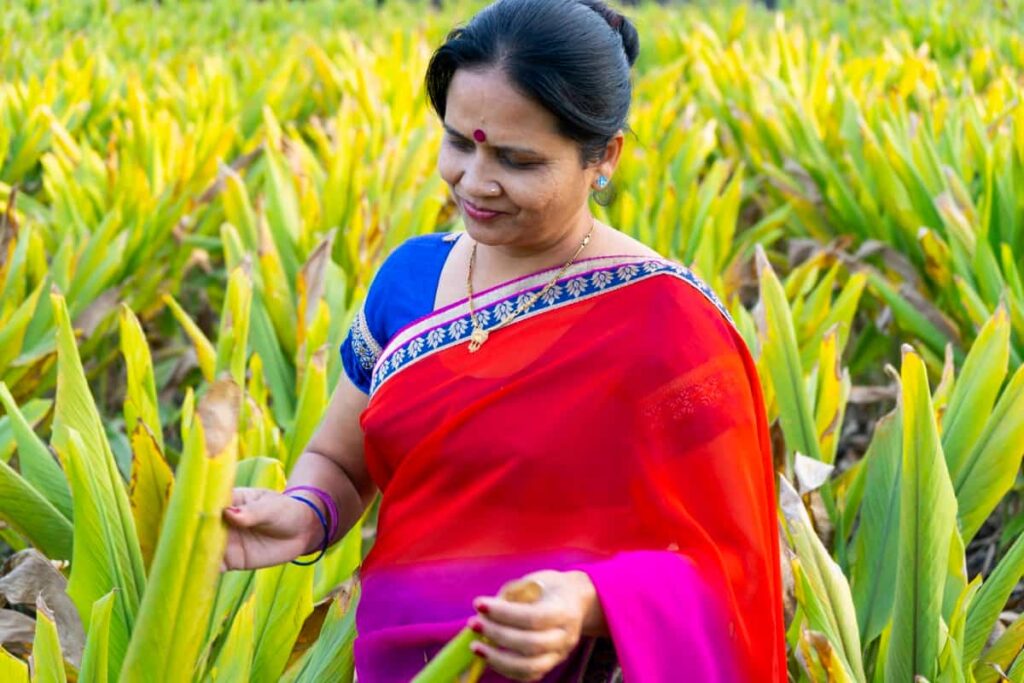
Agriculture Infrastructure Subsidy for Indian Farmers
Special features of these schemes include tailored financial assistance, recognizing the distinctive needs of tribal and minority farmers. Furthermore, capacity-building programs aim to enhance agricultural skills, empowering these communities economically.In case you missed it:
One notable initiative is the Pradhan Mantri Kisan Sampada Yojana, which focuses on creating modern infrastructure for food processing. It offers financial support for setting up processing units, cold chains, and packaging infrastructure. Another pivotal scheme is the Agri-Market Infrastructure Fund, enhancing market connectivity.
It subsidizes the development of agricultural marketing infrastructure, such as cold storage and supply chain facilities. A special feature of these schemes is their comprehensive approach, addressing various aspects of agricultural infrastructure. For instance, the Rashtriya Krishi Vikas Yojana supports infrastructure development and emphasizes market-led extension activities.
Sustainable Agriculture Initiatives Supported by the Government
One noteworthy scheme is the “Paramparagat Krishi Vikas Yojana” (Traditional Farming Development Scheme), which emphasizes organic farming. It encourages farmers to adopt traditional practices, eschewing synthetic chemicals. The “National Mission for Sustainable Agriculture” also promotes resource-use efficiency and climate-resilient farming.
Another key initiative, the “Pradhan Mantri Krishi Sinchayee Yojana,” focuses on efficient water management for sustainable irrigation. Special features include financial assistance for organic inputs, training programs on eco-friendly practices, and infrastructure development for water conservation. These schemes collectively work towards sustainable agriculture, ensuring long-term viability while mitigating environmental impact.
Conclusion
A diverse array of government subsidies nurtures India’s agricultural landscape. These initiatives, from financial support to technology integration, aim to fortify farming communities. As the nation progresses, these subsidies are pivotal in ensuring a resilient and prosperous future for Indian agriculture.
- Profitable Village Farming Business Ideas in 2024
- High-Yield Aquaculture: Fast-Growing Fish for Farming
- Effective Fish Pond Construction Techniques for Beginners
- Irrigation and Water Management in Pineapple Farming
- Blossom to Harvest: Mastering Flowering and Pollination in Papaya Farming
- Pig Fattening Essentials: From Selection to Sale for Beginners
- Raising Wagyu Cattle: A Complete Guide for Premium Beef Production
- Soil Types and Their Water Holding Capacity
- Optimizing Irrigation Schedules for Coconut Groves for Enhanced Yield
- Espresso Your Garden: Coffee Grounds for Healthier Acid-Loving Plants
- The Best Soil Mix for Snake Plants: How to Mix Your Own Snake Plant Soil
- Green Thumb Success: Expert Tips for Cultivating Greenhouse Beans All Year Round
- Bloom All Year Round: The Ultimate Guide to Indoor Hyacinth Care
- Eco-Friendly Gardening: How to Make Liquid Fertilizer from Kitchen Waste
- Ultimate Guide to Grow Anise in Pots: Explore Seed Propagation to Harvesting
- Guide to Raising Chester White Pigs: Discover Breed Facts to Growth Management
- Mastering the Elegance: The Ultimate Guide to Weeping Cherry Tree Care, Planting, and Maintenance
- Ultimate Guide to Planting Garlic in Grow Bags: Growing Strategies for Beginners
- How to Fix Spider Plant Leaf-Related Problems: Natural and Organic Remedies
- 10 Reasons Why Your Tulsi Plant is Shedding Leaves: Home Remedies and Solutions
- Optimizing Growth and Yield: The Advantages of Palm Bunch Ash Fertilizer
- Utilizing Neem Oil Extract as a Natural Pesticide for Hydrangea
- From Soil to Harvest: Various Ways in Which Farmers Can Use AI Tools
- Steps to Encourage and Induce Citrus Flowers: A Comprehensive Guide
- How to Fix Snake Plant Leaf-Related Issues: Natural and Organic Remedies
- Transform Your Garden into a Fragrant Oasis with Raat Ki Rani (Night Blooming Jasmine)
- Discover the Ideal Chicken Breeds for Philippine Farms
- How to Create a Poultry Egg Farm Business Plan for Profits
- Grow Lemon Cucumbers Like a Pro: Insider Techniques for Bountiful Yields
- Ultimate Guide to Caring for Your Pink Princess Philodendron: Tips for Thriving Variegation
- Areca Nut Profit Per Acre: Calculating Yield and Cost of Cultivation
- How Kaveri Chicken is Becoming a More Profitable Breed in Indian Backyards
- Transform Your Barn: 9 Steps to Convert a Horse Stall into a Chicken Coop
- Exploring Suffolk Sheep Disadvantages with Limitations and Challenges
- Guide to Solving Potted Lemon Tree Problems: How to Revive Lemon Tree in Containers
- Steps to Encourage Female Pumpkin Flowers: Best Strategies for More Flowers and High Yields
